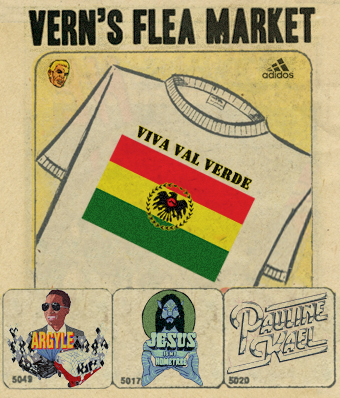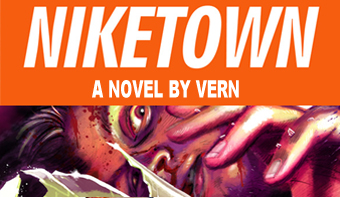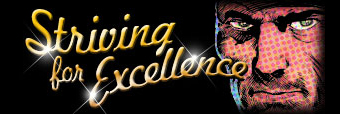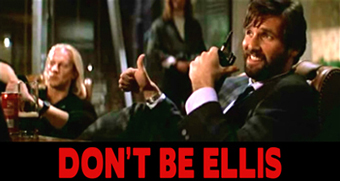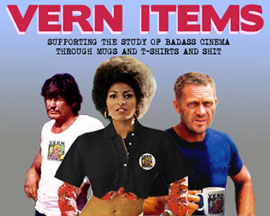
 MALCOLM X (1992) was a big fucking deal for Spike Lee. A big budget period historical drama, an epic really, that he had to fight to get hired on, and to finance, and to get permission to shoot in Mecca. And got recently freed Nelson Mandela to make a cameo in! It worked, and it was a phenomenon. So how the hell do you follow that up? He chose to make his most autobiographical film, though actually it’s more about his younger sister Joie, who gets a story credit and wrote the screenplay with Spike and their brother Cinqué.
MALCOLM X (1992) was a big fucking deal for Spike Lee. A big budget period historical drama, an epic really, that he had to fight to get hired on, and to finance, and to get permission to shoot in Mecca. And got recently freed Nelson Mandela to make a cameo in! It worked, and it was a phenomenon. So how the hell do you follow that up? He chose to make his most autobiographical film, though actually it’s more about his younger sister Joie, who gets a story credit and wrote the screenplay with Spike and their brother Cinqué.
So on May 13th, 1994, three days after Mandela was inaugurated as the first president of free South Africa, CROOKLYN came out, did pretty good, came in third after THE CROW and WHEN A MAN LOVES A WOMAN. Probly felt a little anticlimactic for Spike. But it’s a great movie.
Lee still had editor Barry Alexander Brown, production designer Wynn Thomas, and costume designer Ruth E. Carter, so there’s a continuity with his earlier movies. But Ernest Dickerson, the director of photography for everything since his student film Joe’s Bed-Stuy Barbershop: We Cut Heads, had retired from cinematography to direct JUICE and SURVIVING THE GAME. Those were big shoes to fill. So Lee hooked up with Arthur Jafa, a Howard-educated video artist who had been married to Julie Dash and was d.p. for her DAUGHTERS OF THE DUST. (read the rest of this shit…)

 THE GRAY MAN is the new Netflix movie that they put so much into they’re actually doing promotion for it. Showed it to critics a week early, had the directors do interviews and stuff, as if they want people to know it’s there and maybe watch it. Almost like they’re in the movie business. Crazy.
THE GRAY MAN is the new Netflix movie that they put so much into they’re actually doing promotion for it. Showed it to critics a week early, had the directors do interviews and stuff, as if they want people to know it’s there and maybe watch it. Almost like they’re in the movie business. Crazy. I honestly wanted to see the LION KING quasi-live-action remake in the theater, but never managed to. Turns out it did okay without my money. But by waiting until now to review it I missed out on timely discussions of related issues about a pioneering studio turned monolithic corporation treating their legacy of hand drawn animation as just a shitty licensing library to be resold (and possibly replaced in the imagination of new generations) with more realistic imagery. I guess I addressed it in my review of the (actually)
I honestly wanted to see the LION KING quasi-live-action remake in the theater, but never managed to. Turns out it did okay without my money. But by waiting until now to review it I missed out on timely discussions of related issues about a pioneering studio turned monolithic corporation treating their legacy of hand drawn animation as just a shitty licensing library to be resold (and possibly replaced in the imagination of new generations) with more realistic imagery. I guess I addressed it in my review of the (actually) 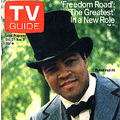 Time for a little history lesson. Not about the American post-slavery period known as Reconstruction (which is what this movie is about) but about TV movies. It’s hard for young people to wrap their heads around now, but there was a time when TV movies actually could be big events, a major shared element of our culture. This was when there were only a few channels, and none of them were SyFy, and movies about giant komodo dragons or snakes were not yet common. Believe it or not there were even sometimes TV movies where the people making them actually tried to do a good job. In fact, there were honest to God movies on TV that put some theatrical films to shame, like Spielberg’s DUEL and Carpenter’s
Time for a little history lesson. Not about the American post-slavery period known as Reconstruction (which is what this movie is about) but about TV movies. It’s hard for young people to wrap their heads around now, but there was a time when TV movies actually could be big events, a major shared element of our culture. This was when there were only a few channels, and none of them were SyFy, and movies about giant komodo dragons or snakes were not yet common. Believe it or not there were even sometimes TV movies where the people making them actually tried to do a good job. In fact, there were honest to God movies on TV that put some theatrical films to shame, like Spielberg’s DUEL and Carpenter’s 
